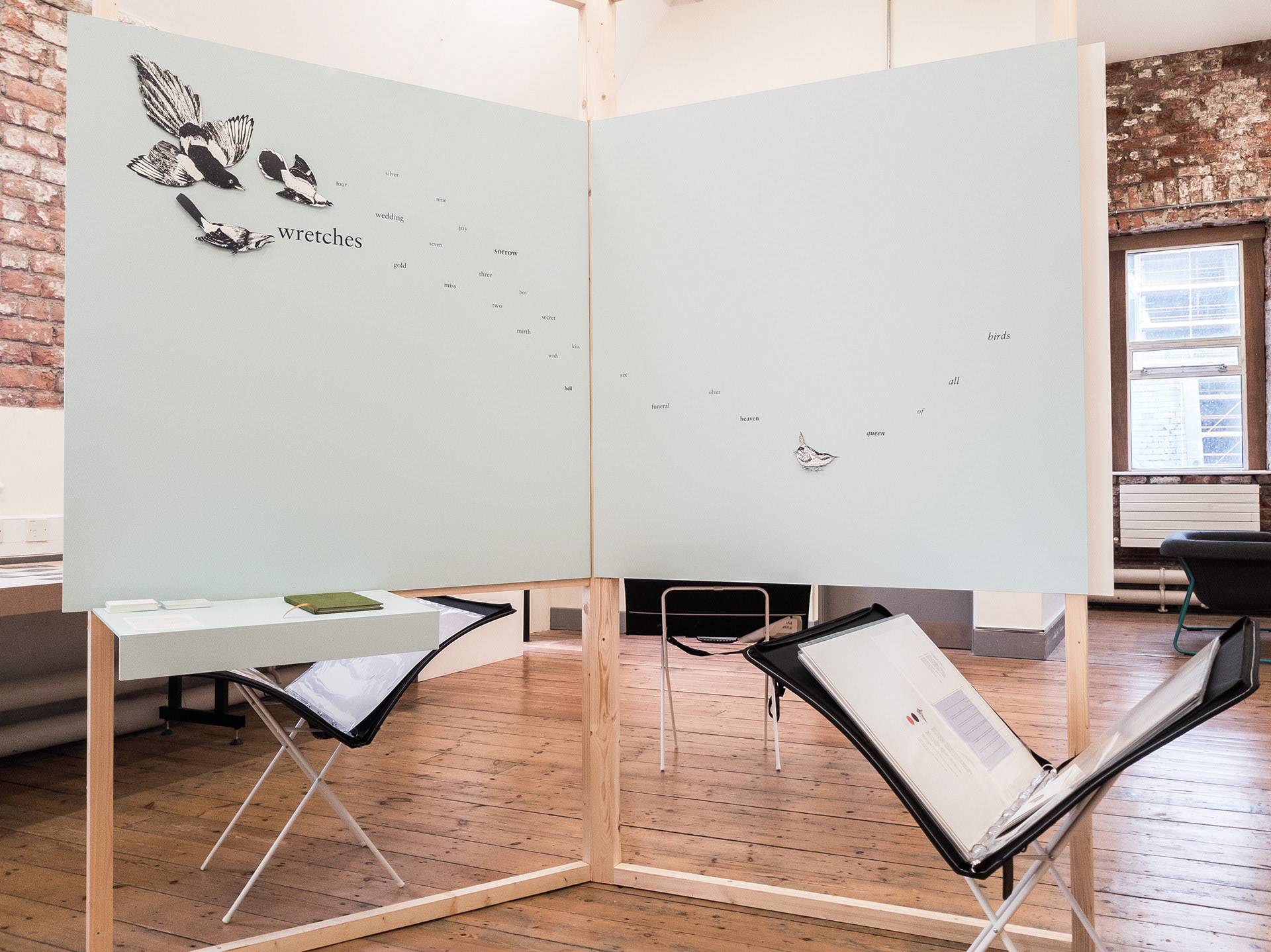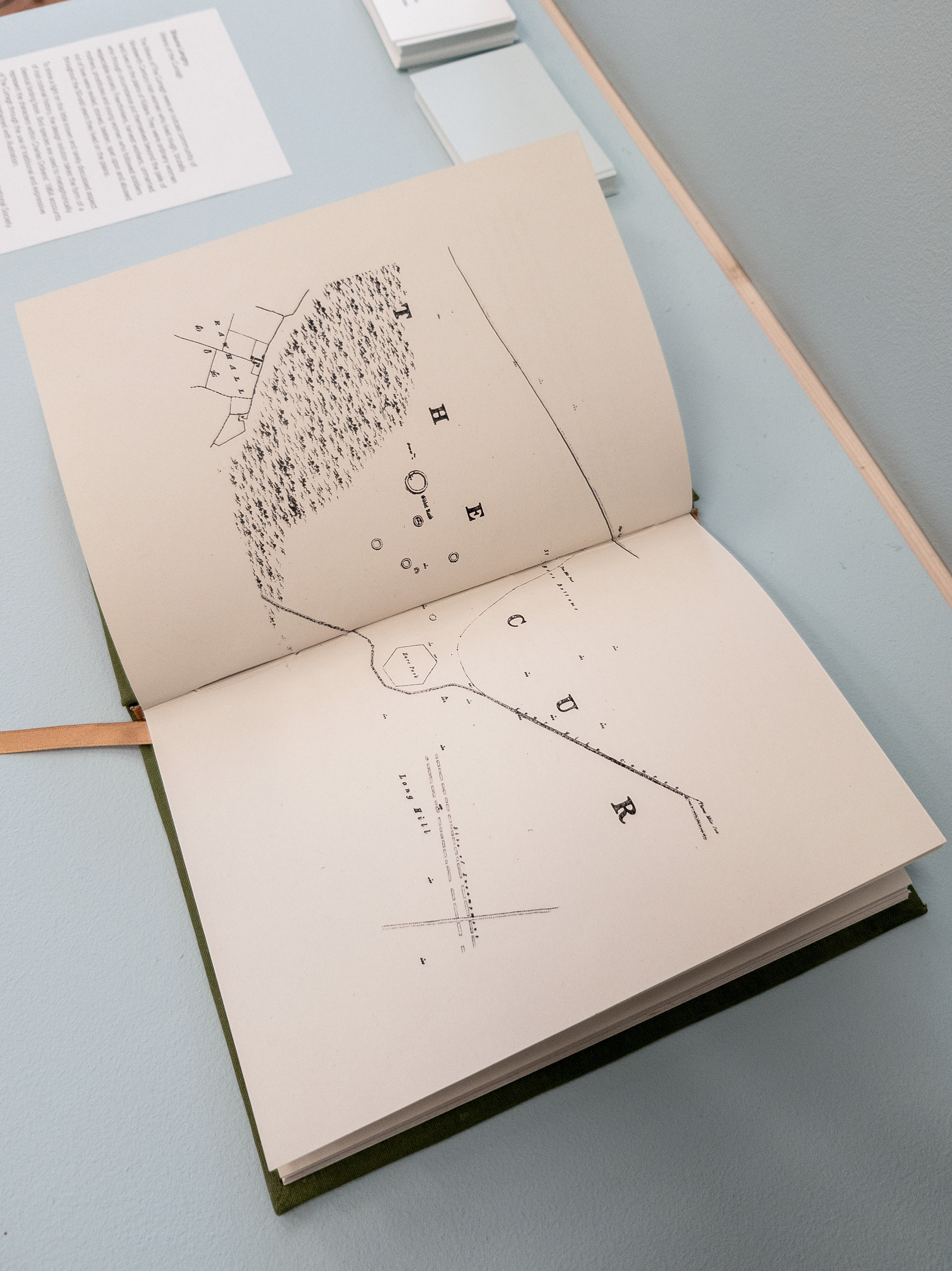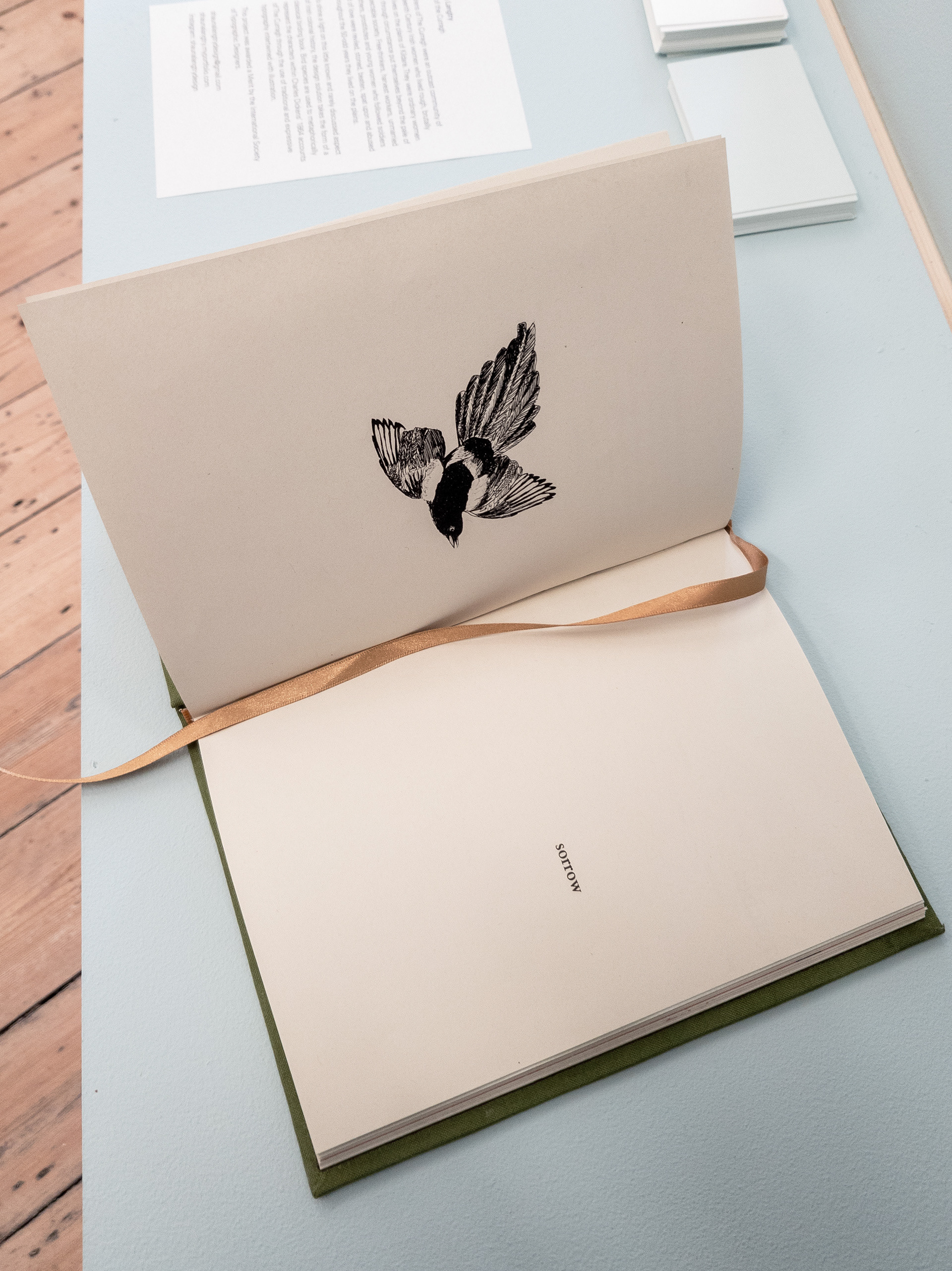This book received a Merit and granted me membership to the International Society of Typographic Designers in response to the 2019 'Lost' brief as well as a visit to Pentagram in London.
My publication is also featured in the Irish Artists Art Book Collection in the National Gallery of Ireland and in the Special Study Collection on TU Dublin City Campus in Grangegorman.
Feminism in Ireland has played a major role in shaping the legal and social position of women in present-day Ireland. The role of women has been shaped by numerous legal changes in the second part of the 20th-century, especially in the 1970s. At a time when we are particularly concerned to recognise and celebrate the multi-faceted nature of female experience, it is important to look into the treatment of women in Irish history.
The Wrens of the Curragh were an outcast community of 19th-century mostly Irish women who lived rough, brutally hard lives in an area called ‘The Curragh’ on the plains of Kildare. They were ordinary women who through circumstances put themselves beyond the pale of respectable society. Free-thinkers, unmarried mothers, prostitutes and young women who followed the soldiers out of love were reviled, stoned, beaten, spat on and abused throughout the 50-odd years they lived on the plains. Within their community they supported each other such as it was; by sharing the little they had. There was little choice for those who lived as Wrens, as they were ostracised by society, church, state and community of origin. With no means to earn a living the only thing they had themselves were their own bodies which they offered for payment to soldiers on the Curragh Camp. The whole complex process of discovering ‘what the world was like for women and why it was that way’ has important implications, both for our understanding of the past and for devising ways of negotiating an unpredictable future.
To shine a light on this little known and rarely discussed aspect of Irish colonial history, the design solution takes the form of a classical book. Bird species are used to metaphorically represent the characters within Charles Dickens’ 1864 accounts of The Curragh through the use of traditional and expressive typography intertwined with my hand-drawn illustration. Thread-sewn, case bound with a moss green bookcloth and gold foil deboss title, I bound the book myself.
Research & Development

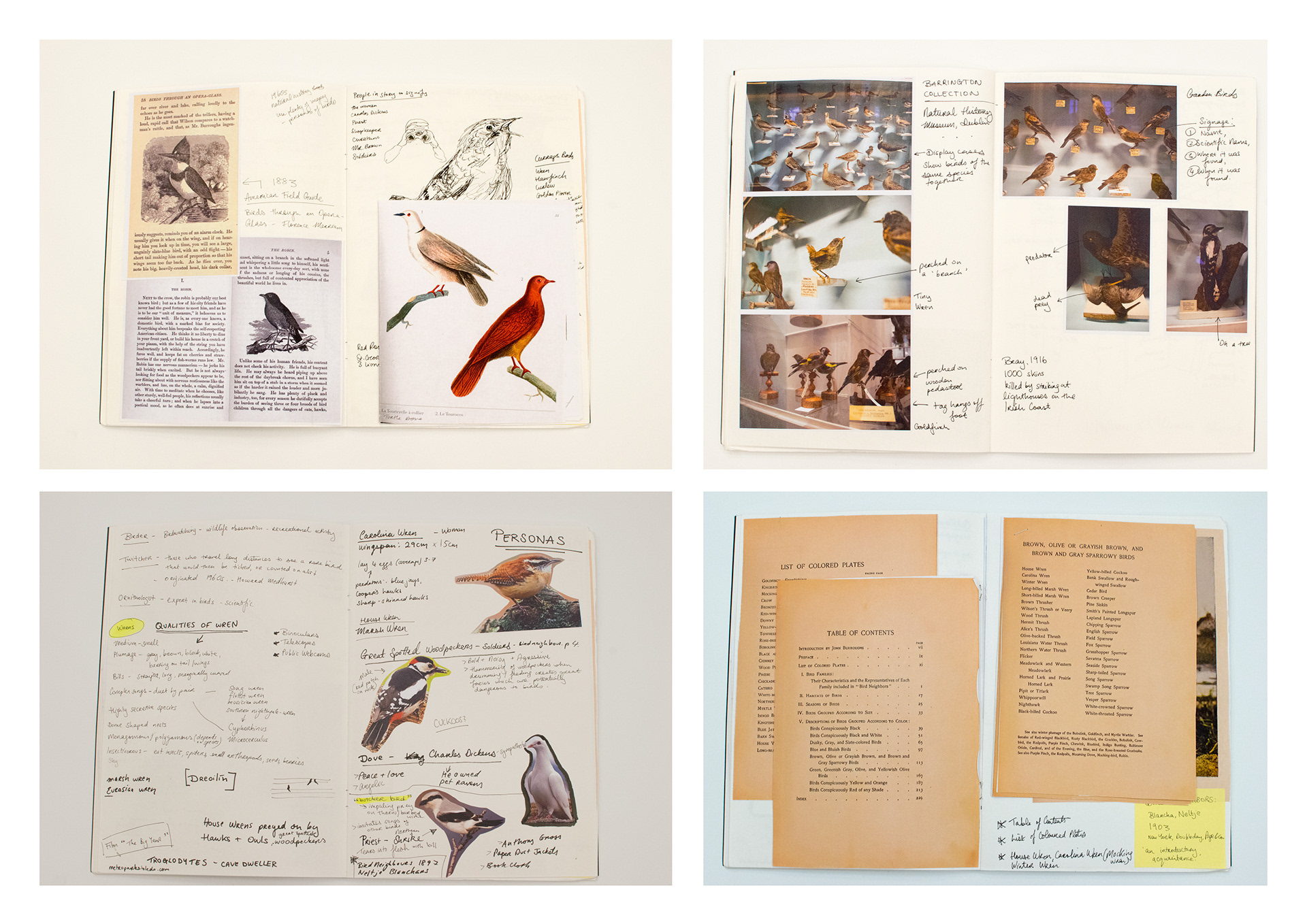
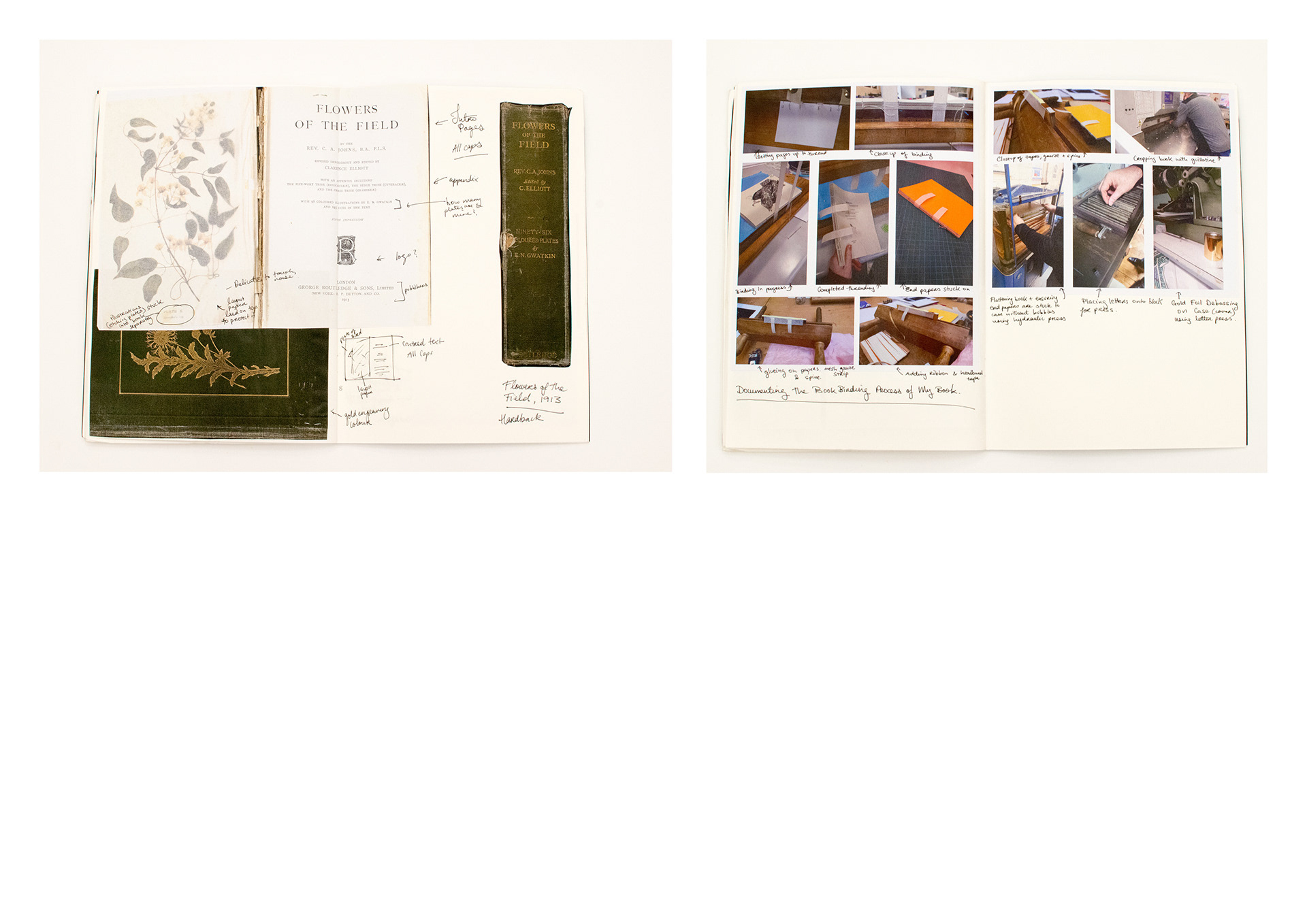
Exhibition Design showcasing my publication.
